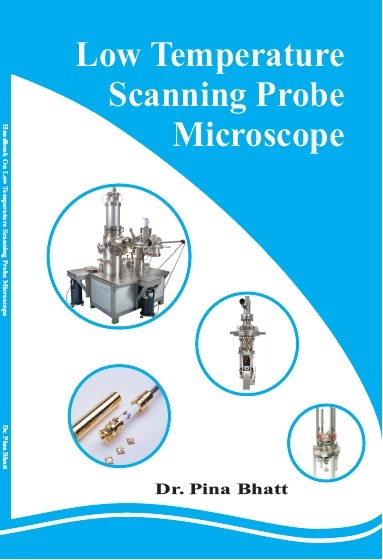LIFE SCIENCES

Low Temperature Scanning Probe Microscope
by Dr. Pina Bhatt
ISBN Number : 978- 1-73032- 785-8
Authors Details
| Author Name | Image | About Author |
|---|---|---|
| Dr. Pina Bhatt |  |
DR. Pina Mandar Bhatt is Working as a Professor at Shankersinh
Vaghela Bapu Institute of Technology, Gandhinagar, affiliated to Gujarat
Technological University. She has done her PhD from R K University,
Rajkot, Gujarat in Mechanical Engineering and Master in engineering
From L D College of Engineering. She has two and half year experience
of Gujarat Technological University as a deputy director. She has more
than 17 years of experience in academic as well as university
administrative. She has published more than sixteen publications in
various National-International Journals as well as in conferences. She
has also been awarded for best paper in one of the national conference. She has also wide experience for
setting up centre of excellence for skill development. She has also work for International Student advisor. |
Book Description
Scanning Probe Microscopy (SPM) define a broad group of instruments used to image and measure properties of material, chemical and biological surfaces. Two primary forms of SPM are, Scanning tunneling microscopy (STM) and atomic force microscopy (AFM). Despite the success of SPM, it has some limitation. Because it uses the tunneling current between a biased tip and a sample as the feedback signal, it requires that the sample must be electrically conductive. Also it is difficult to achieve high-resolution images with AFM. The solution to this limitation is to maintain cryogenic temperature for the sample. The cryogenic AFM appears to be the most promising approach, because it will work on all macromolecules. Lowering the sample temperature will increase the mechanical stability of the molecules and will decrease its thermal induced motion. Lower temperature will reduce the thermal induced motion of the cantilever and also the overall noise of the instrument.














